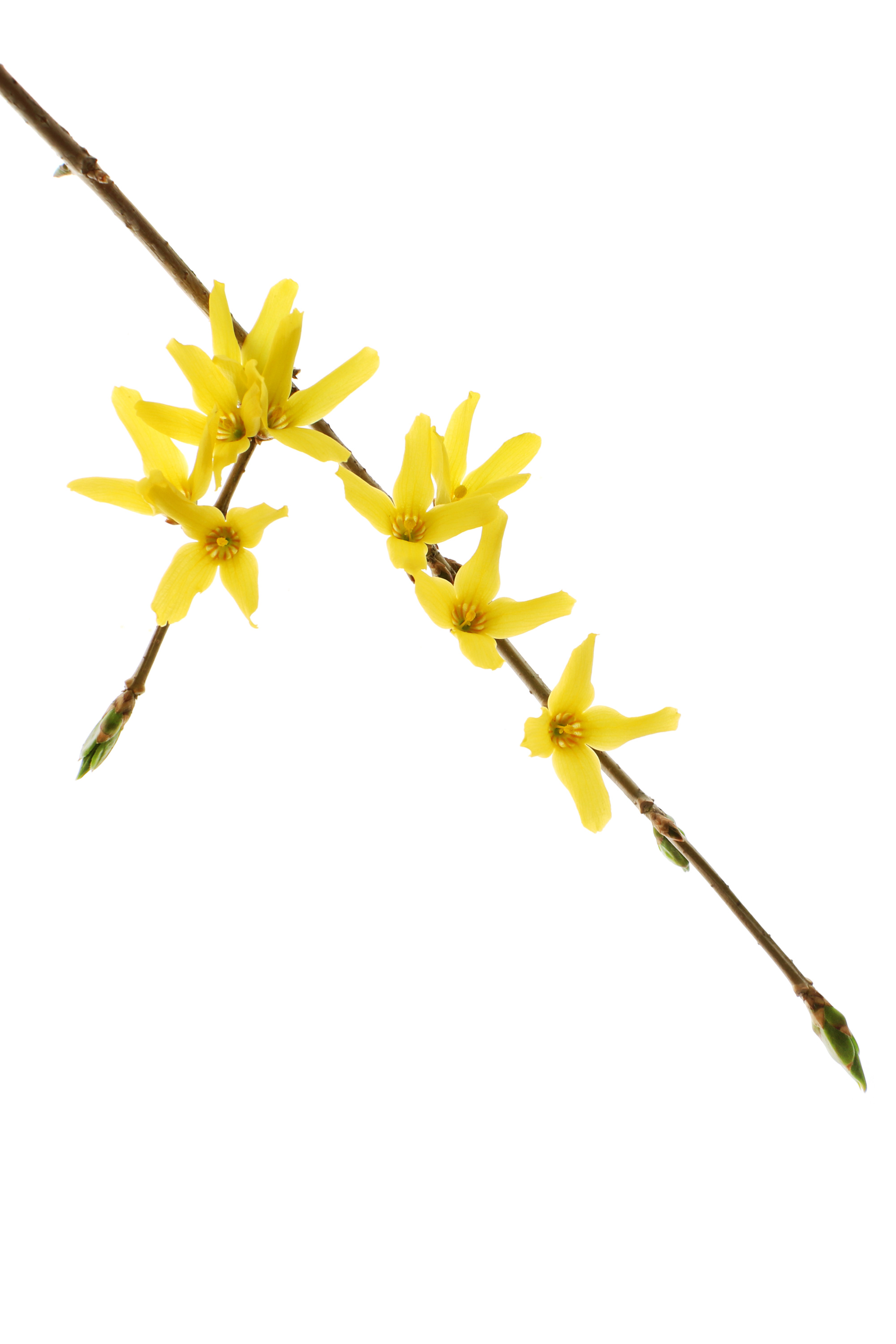
the third sign of spring
forsythia is one of the sign posts of spring for me. it’s actually the third sign after pussy willows and maple blossoms. ok, hepatica and wood anemone. i’m waiting…
forsythia
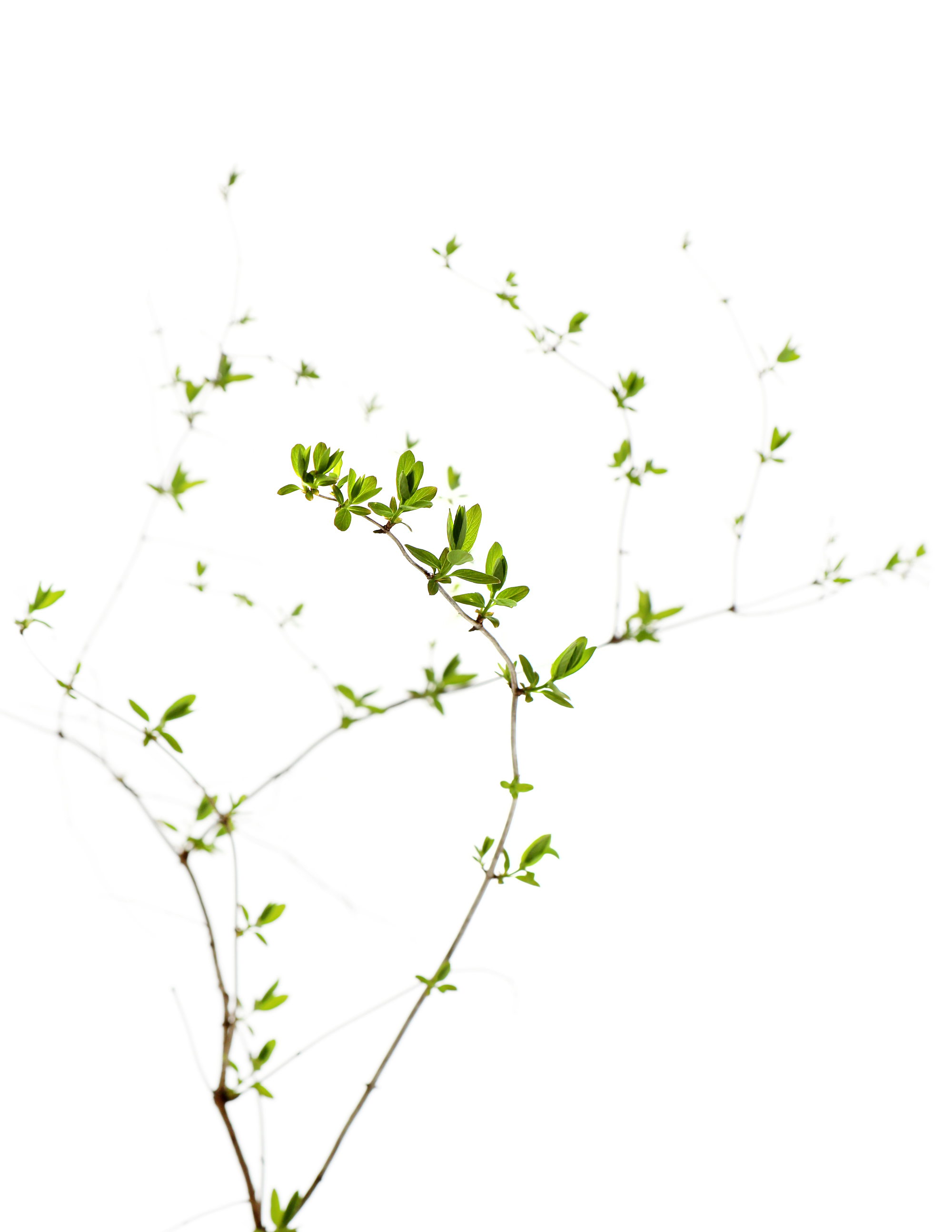
citrine
the yellow-green of spring’s new growth is one of my all-time favorite colors. not because I am particularly attracted to citrusy colors, but because of what the color represents here in the north. there is a tiny little eyeblink of a moment when the grays and blacks and whites of late winter, melt into a hesitant new-growth–green i call citrine, and we know at that point that the corner has been turned, and the green torrent of summer is officially unavoidable.
early understory spring growth
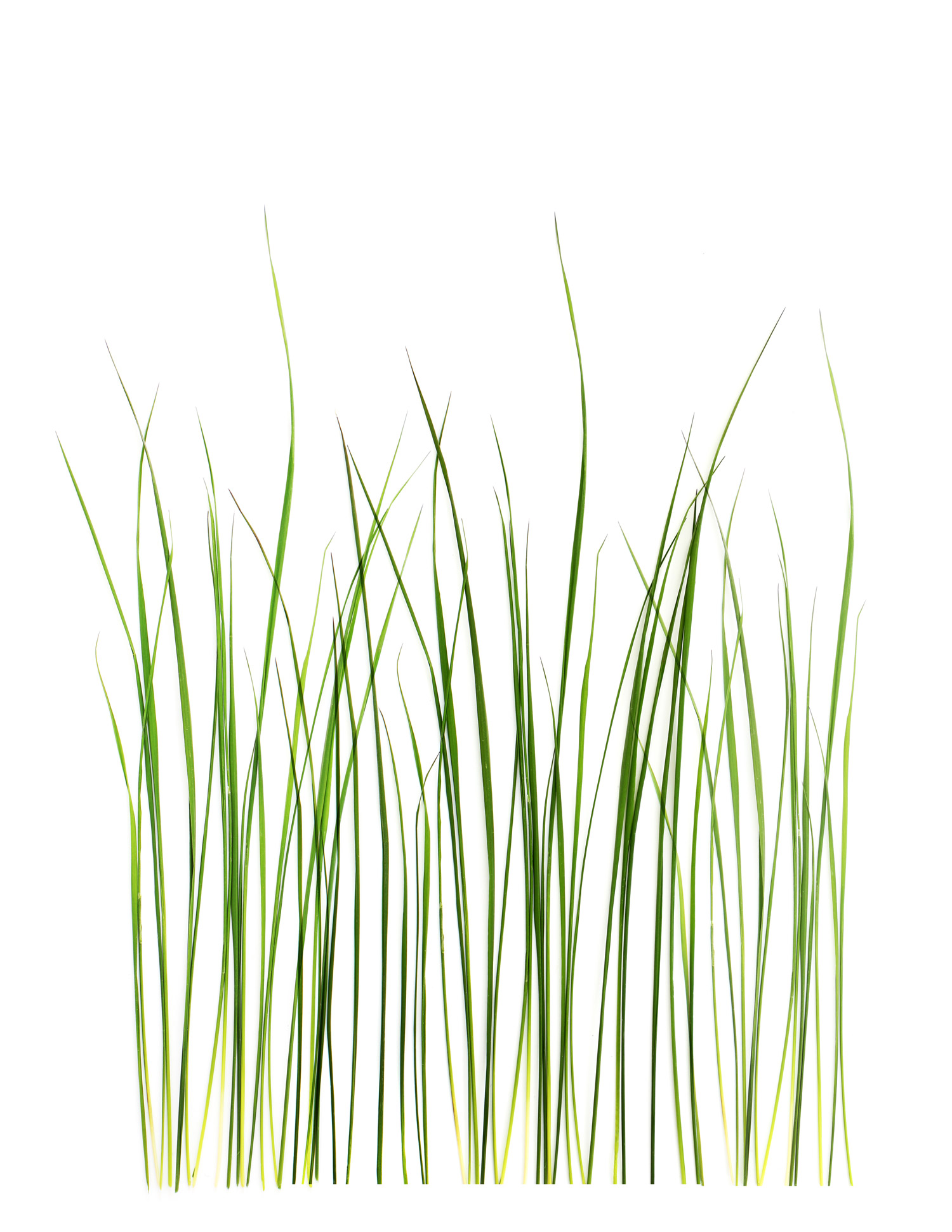
south facing
this is the time of year that we in the north start noticing the difference between north facing slopes and south facing slopes. between north facing walls and south facing walls. between black bottomed bays in lakes (that soak up the heat of the sun and attract fish) and sandy bays (that stay cold). these grasses were up against a south facing wall that has been absorbing and reflecting the spring sunshine for only a few days. these grasses are several weeks advanced on their brethren growing on the opposite side of the same building.
spring grass
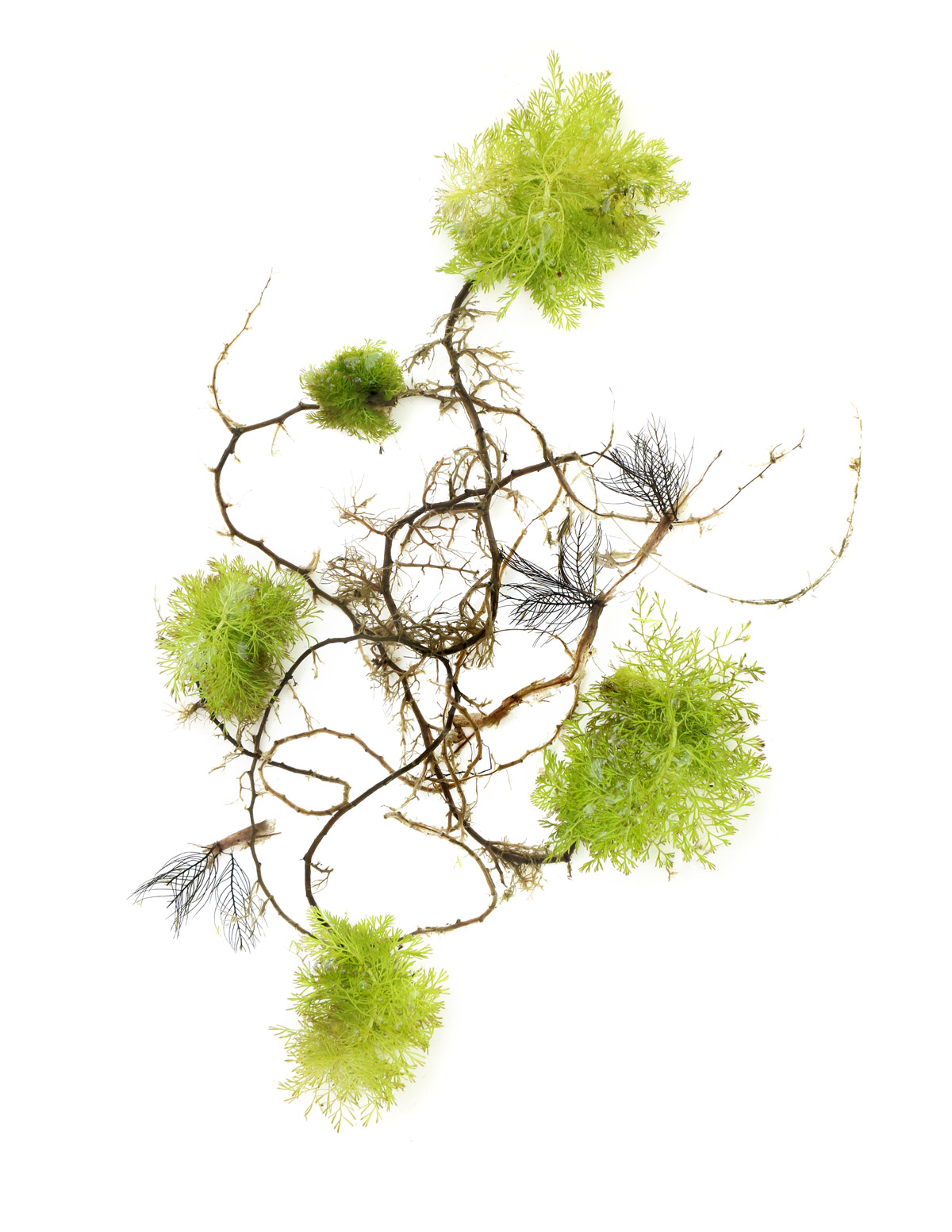
what is it?
the other day my husband, steve, and i took a walk down our dock (which is more like a 100 meter boardwalk through cattails) out to the lake specifically looking for STILL subjects. our reasoning was solid–it’s spring, there ought to be something happening. but as we walked to the end of the dock, we found little to marvel at. the brown winter cattails were bent over and ragged and no new green shoots were yet visible. the lake was still icy cold and appeared to offer up nothing of note except its crystal clear transparency and the odd plunk of a leaping frog. but down at the end of the dock, in a little bay which is covered in a mat of pondweeds by july, there was a collection of little green pom-poms at the end of slender brown stalks, looking a little bit like truffula trees. steve reached into the achingly cold water and pulled a few of them up, and i decided they weren’t interesting enough to photograph, but i kept them in a bowl of water and forgot about them. this morning, i happened to take a look at the bowl, and the little truffula fruits had opened up, and begun to turn into pond milfoil. i fell in love with them, and decided that i need to allow more still blog subjects to sit for several days, and turn from fresh, young samples, into something more mature, or more aged, and more interesting..
milfoil: fresh water lake weed
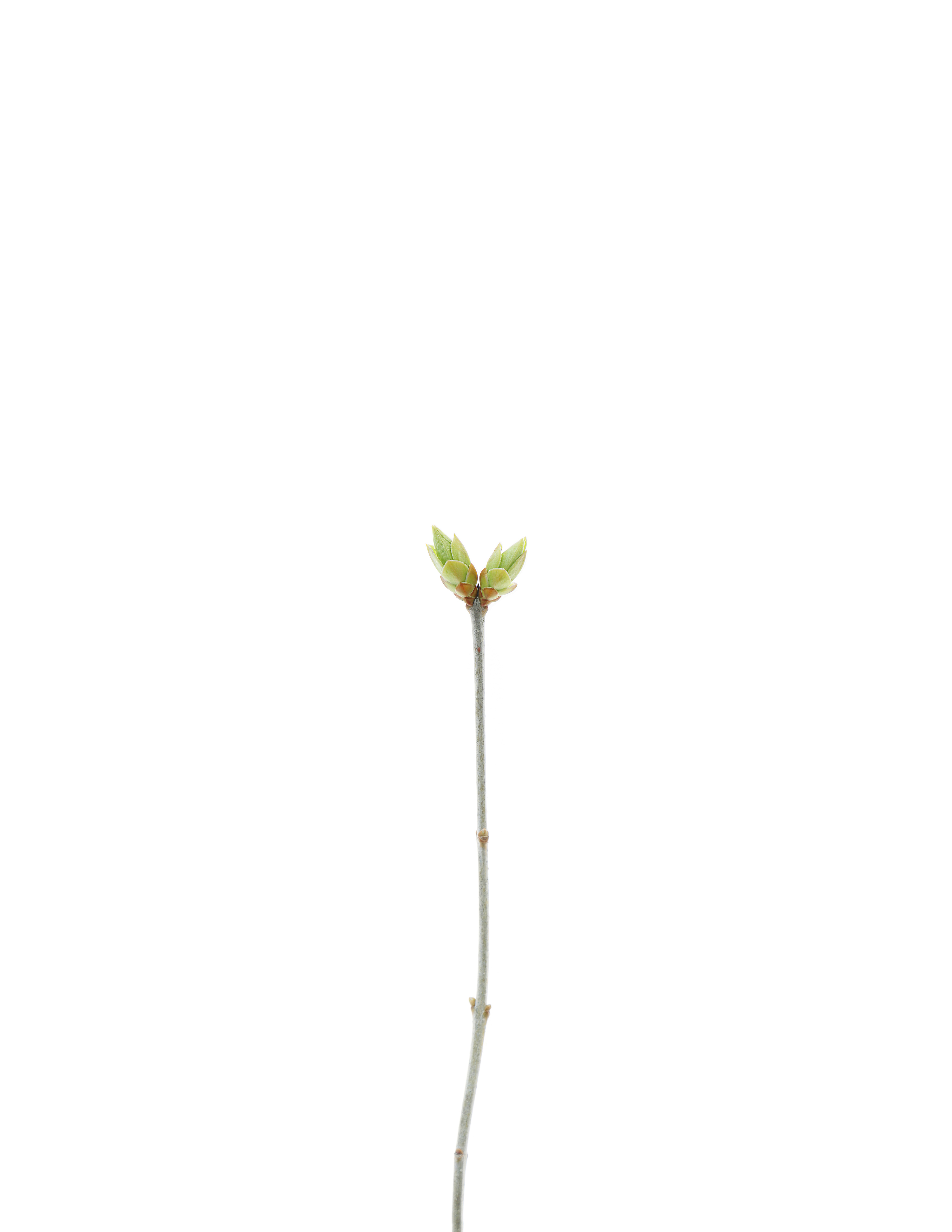
all the world in a single bud
i’ve been reading about buds, and they are fascinating. here’s a few things i’ve learned:
- buds for the following year start to form in summer. sometime around august. it takes a tremendous amount of energy to make a bud, so trees would not be able to do it in winter or early spring. buds are fully formed by autumn.
- the buds remain in a state of dormancy for over six months
- buds are signaled when to emerge from dormancy by hormones
- hormones are triggered by a combination of light (shorter nights) and temperature (warmer weather)
- many plants will not break dormancy unless they have been exposed to a long stretch of cold temps (vernalization)
- plants produce primary buds and auxiliary buds–backups in case of an emergency like a late frost or pruning
- flower buds and leaf buds are different
- flower buds can be male or female
- flower buds and leaf buds open independently and are triggered by separate hormones
i just can’t get over this idea that plants have hormones, and that they perceive and then react to their perceptions. that they are at some level just at a different point on a spectrum of consciousness, and that we are more connected to them than separated from them. i have thought of trees as friends at times. now i think i may not have been so crazy.
lilac buds


